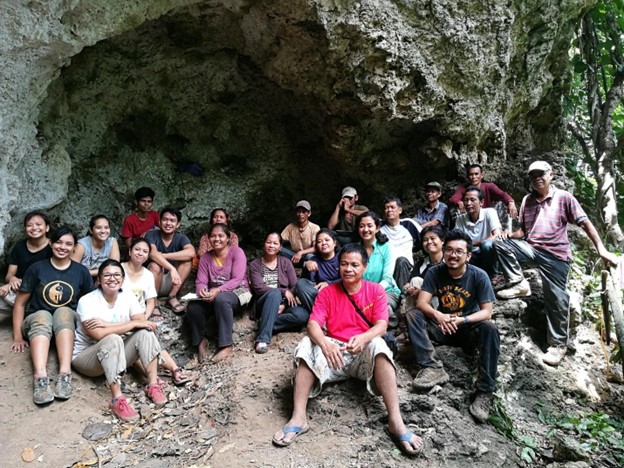Archaeologists from the University of the Philippines (UP) and the National Museum have made new discoveries about human life in the Philippines during the last ice age or, as it’s referred to by archeologists, the Last Glacial Maxium (LGM).
The archaeological team, led by UP Diliman archaeologist Janine Ochoa, unearthed these findings through a re-excavation of the Pilanduk Cave alongside leaders and members of the indigenous Pala’wan community. These findings were recently published in a research paper titled, “Tropical island adaptations in Southeast Asia during the Last Glacial Maximum: evidence from Palawan.”
According to a release on the UP website, these discoveries include “evidence for specialized deer hunting and freshwater mollusc foraging, LGM fossils for the tiger and remains of other native mammal and reptile fauna of Palawan.”
The archaeologists also found proof of human life in the Pilanduk cave 20,000 to 25,000 years ago based on new radiocarbon dating as well as evidence for shifting foraging behaviors among modern humans due to shifting tropical environments 40,000 years ago on Palawan Island.
This latest study in Pilanduk aimed to expand on the original excavation project conducted led by Jonathan Kress for the National Museum from 1969 to 1970, building on Kress’ original findings through updated radiocarbon dating.
The Pilanduk Cave is considered an important late Pleistocene archaeological site in the Philippines. “[The cave] has the best preserved LGM archaeological record from any site in the Philippine archipelago. There are not many LGM sites in the Philippines because many are likely submerged underwater when the coastlines and the sea levels were much lower during the LGM,” Ochoa explained.




